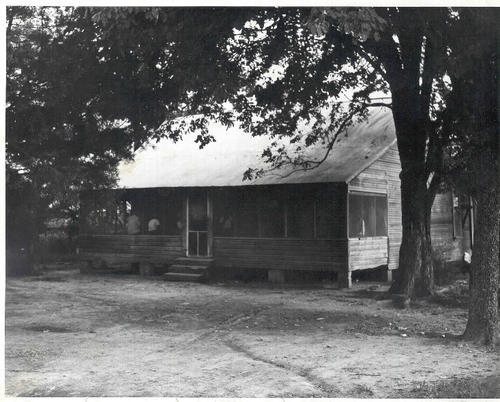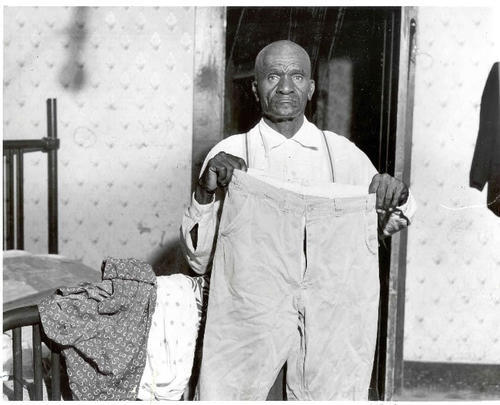Wright Residence
Where Till's Story Begins (According to the Prosecution)

Emmett Till was kidnapped from this location on the evening of August 28, 1955. He was staying at the home of his great uncle and aunt, Moses and Elizabeth Wright, who sharecropped 25 acres of cotton on the Grover Frederick Plantation.
In the September 1955 trial of Emmett Till’s killers, the precise role of the Wright homestead was hotly contested. The prosecution argued that the murder started here, at the Wright home, the site of the kidnapping. The defense argued that the murder began at Bryant’s Grocery, three miles to the west. While this may seem like an arcane or irrelevant debate, the fate of the accused hung in the balance.
The prosecution argued that the Till case began when, in the early morning hours of Sunday, August 28, a car approached the Wright house in the pitch-black night; that car contained at least four people, two of whom were the accused half-brothers J. W. Milam and Roy Bryant. Upon entering the home armed with flashlights and .45 caliber handguns, the men went from room to room looking for Till; they eventually found him in a bed sleeping next to Wright's youngest son, Simeon, aged 12. After threatening to kill Wright if he said anything, the men took Emmett and drove toward Money.
By starting their story at the Wright residence, the prosecution was trying to distinguish the kidnapping and murder from the events, three days earlier, at Bryant’s Grocery. At the grocery, Till whistled at the white shopkeeper Carolyn Bryant. The prosecution knew that if the murder began at Bryant’s Grocery, then Carolyn would testify and the murder would begin to look like a “justifiable homicide”—a fitting punishment for a black boy who insulted a white woman.
The counsel for the defense argued that the Wright residence was not as significant. In their view, the murder began at Bryant’s Grocery. In the interest of getting Carolyn Bryant on the witness stand, they argued that the events of Bryant’s Grocery formed the “essential background for a later happening.” Judge Curtis Swango ruled in their favor. While he mandated that the jury leave the room, he allowed Bryant to tell her story. She testified that Till forcibly held her hand, asked her for a date, grabbed both of her hips, and propositioned her with “unprintable words.” The jury did not need to be in the room. They heard Bryant’s tale by other means, and they acted on it. Nine of the twelve jurors later confided that they voted to acquit the murderers not because they believed the men were innocent (they did not) and not because they doubted the identity of the body (the argument of the defense), but rather because of what happened at Bryant’s Grocery.
It is, then, a matter of some irony that the state of Mississippi has commemorated Bryant’s Grocery but not the former Wright residence. By doing so, they have endorsed the argument of the defense (that freed the killers) while ignoring the pleas of the prosecution. According to Simeon Wright, the family’s residence was destroyed by a tornado in 1971.
Images


